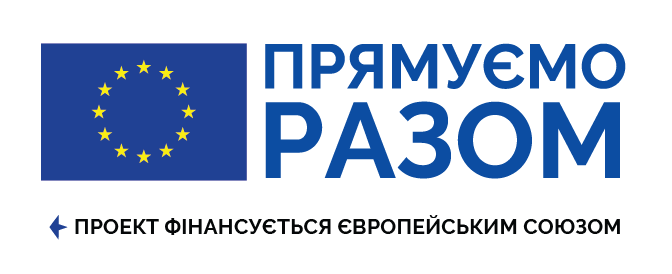How to Talk About the War?
15.07.2019
Second World War is by far the most complicatedtopic for an unbiased research or criticalreconsideration of the past in the present-day Ukrainian society. At the same time, the topic also provokes much interest both with Lviv and Ukrainian citizens, but also with visitors from different parts of the world. It is a subject full of complications, controversies, and ambiguities in opinions. It is s topic hiding behind personal stories of those who managed to survive the war, and of family members of those who did not. It is the history that has overgrown with myths, and ideological and political manipulations. It is the history that left behind different, often mutually excluding memories.
How to tell about the history in Lviv, the city that has crucially been transformed by the war. How to reveal it to citizens who only know about the war from textbooks or family stories; or to tourists who know nothing about Lviv or Ukraine ; or to those who had Lviv a difficult chapter of their family history of extermination and deportation? How to add human faces tothis history and go beyond the military and national narratives? How to see different choices and forced decisions of people of the times? How to address conflicting memories? Why is it important to talk about multiplicity of stories of the Second World War?
The issues are raised in the publication of materials for tour guides "Contested Chapters of Shared History: Telling About the Second World War in Lviv." With the focus on Lviv, the authors suggest considering contested issues of conflicting memories about the war through the local-transnational approach that covers the multitude of narratives and problematizes available terminology describing the events. This approach allows to undermine stereotypes that come in the way of a dialogue around traumatic chapters of the past. The materials highlight the complicated dynamics of local and global processes, and inspire individual re-thinking of the history of the Second World War to speak this topic through with different audiences.
Materials are divided into five blocks:
- Soviet occupation
- collaboration
- topography of the Holocaust
- reception of the Holocaust by Lviv citizens
- end of war.
Each block offers a list of topics related to locations within the urban space. Links of locations to topics encourage a reader to map own itineraries around Lviv of the period of the Second World War, and along the war commemoration sites sing the suggested array of materials.
The materials are available for the general public also in a format of an online map. They can be viewed at the online platform of the project of the Center for Urban History "Lviv Interactive" (LIA) and on the Portal of Cultural Heritage of the ReHerit project.
The project targets the guides who present historical and contemporary image of the city for visitors, and act as agents of everyday cultural diplomacy when they communicate with various audiences. Despite the fact that the materials have been developed for professional settings, the general public will also find many topics in the publication new and substantial. Contested issues of the Second World War have been placed within a broader context of political, cultural, and social history of the city in the 19th and 20th centuries, while the interactive map offers a spatial dimension, adding maps and additional visuals related to other stories and places available in the LIA encyclopedia.
Authors of materials: Olena Andronatiy, Inna Zolotar, Iryna Matsevko, Anna Chebotariova, Tomasz Jankowski
Invited researchers: Oksana Dudko, Taras Martynenko, Andriy Usach
Organizers: Center for Urban History
Coordinator: Iryna Matsevko
Editing: Oksana Panchyshyn
Design: Iryna Zimerman
The program is part of the project "ReHERIT: Shared Responsibility for Common Heritage". The project is funded by the European Union.
